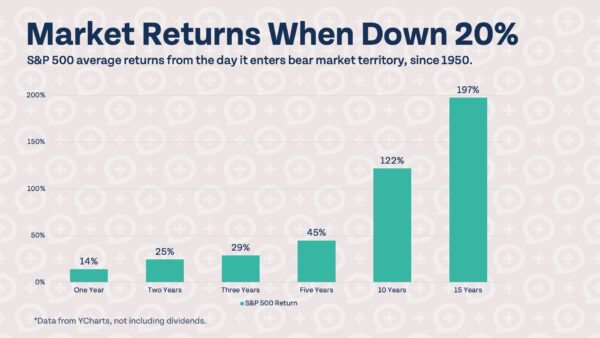First, respect the FOO! Second, lazy investing is often the best investing.
What is the FOO and why does it matter when investing?
If you’re not familiar with the Financial Order of Operations (FOO), start there! These nine tried-and-true steps act as an instruction manual for your money, showing you how prioritizing your financial goals can help you maximize your money in the long run.
Download your free copy of the Financial Order of Operations here.
When it comes to investing, Step 2 has you start by taking advantage of the free money offered in your 401(k) or other types of an employer plan. Step 5 encourages you to invest in a Roth IRA and/or HSA, then in Steps 6-7, you’ll work to max out your retirement accounts and look into taxable investment accounts. Tax diversity in retirement is undoubtedly essential; a mixture of both pre-tax and tax-free is the key to keeping a low tax rate in retirement.
For more details on how to build all three tax buckets efficiently (tax-free, tax-deferred, and taxable) we made this video:
Video: Build Wealth With the 3 Bucket Strategy! (By Age) 2023 Edition
Get a deep dive and access to an exclusive community of wealth builders in the Financial Order of Operations.
So, which account types should I invest in?
When building foundational assets, start by looking into index funds. Index funds are a collection of stocks or bonds that track a specific or broad sector of the market.
More specifically, look at Target Retirement Index Funds. These are designed to automatically rebalance over time as your investment needs change. The leading providers of index target retirement funds are Fidelity Investments, Charles Schwab, and Vanguard.
Get more in-depth details on the benefits of index funds in this episode of The Money Guy Show:















